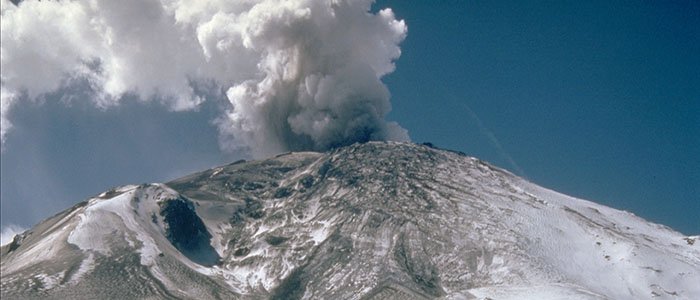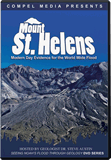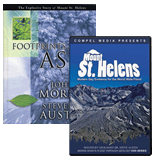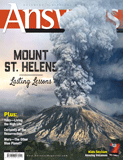Mount St. Helens Creation Center
Geology
Deriving its mission statement from Psalm 33, the Mount St. Helens Creation Center seeks to show that the Bible is true from the very first verse.
Overview
Silverlake, Washington
On May 18, 1980, the eruption at Mount St. Helens challenged secular geologists´ assumption of uniformitarianism (the belief that the same slow processes of change have continued throughout earth history). Canyons and rock layers were formed over hours, days, or a few months. Burdened to share the profound significance of this rare event, Lloyd and Doris Anderson opened the Seven Wonders Museum, now called the Mount St. Helens Creation Center, on one of the main roads leading to the famous volcano (located in Washington State, USA). The current Director of the MSHCC is William (Bill) Hoesch.
Deriving its mission statement from Psalm 33, the Mount St. Helens Creation Center seeks to show that the Bible is true from the very first verse. The museum displays seven geological changes that happened rapidly and make us wonder how quickly the earth can change.
Admission to the museum is free, being supported through donations and book sales. (They offer the largest selection of creation books and DVDs of any bookstore in the Northwest.)
Points of Interest
Displays
The museum displays seven geological changes that happened rapidly and make us wonder how quickly the earth can change. They are based largely on the work of Dr. Steve Austin and other creation geologists. For example, Austin discovered, while diving at the bottom of Spirit Lake, that the logs that were ripped up during the eruption were sinking to the bottom, and many were buried upright in layers of sediment. These logs looked similar to the upright petrified "forests" that we find buried in layers at Yellowstone National Park, which geologists had assumed represent different forests buried over millions of years. For a complete list of the "seven wonders" of rapid change, see their official website, https://mshcreationcenter.org/.
While evolutionary geologists teach that most coal deposits are basically a result of peat building up in swamps over millions of years, the Flood of the Bible provides a better explanation. Relenting rains eroded away soil and plants, and rising seas and tidal waves destroyed the forests of the world. A continuous amount of sinking plants could produce the thick layers of plant material needed to form coal beds.
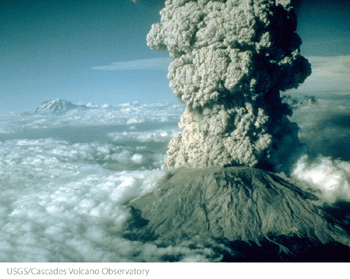
Bookstore
As well as offering the largest selection of creation science materials in the Northwest, the store has a DVD rental library, free creation booklets, and acts as a resource for teachers and homeschoolers.

Lectures and Tours
If you book ahead, geologist Bill Hoesch takes groups on guided tours of the monument area, where the 1980 catastrophe occurred. See their official website (https://www.mshcreationcenter.org/) for a selection of hikes and the amount of time it takes to see them. Then plan a trip!

Helpful Tips
- Due to snow in the winter, visitor centers near to the mountain close by November. The hours at the museum change as well.
- Eating facilities are limited in the monument area, so you may want to bring a lunch.
- Set aside plenty of time for travel to and from the monument, including a visit to the Johnston Ridge Observatory—it´s easily an all-day affair.
Recommended Resources

Answers in Genesis is an apologetics ministry, dedicated to helping Christians defend their faith and proclaim the good news of Jesus Christ.
- Customer Service 800.778.3390
- © 2024 Answers in Genesis

